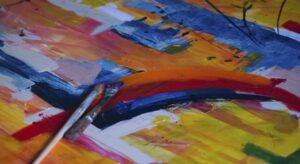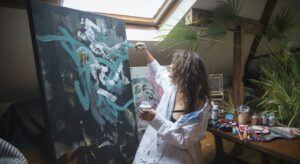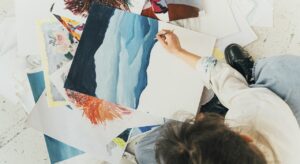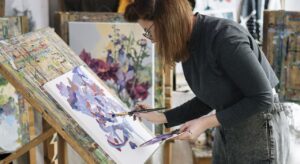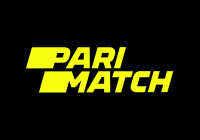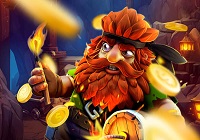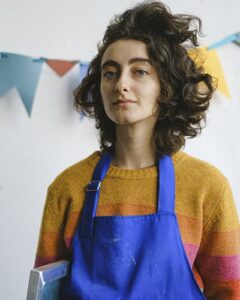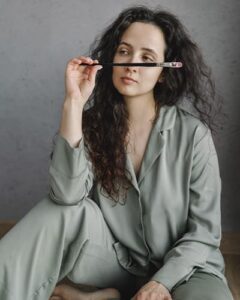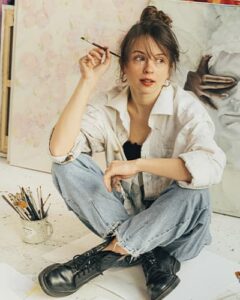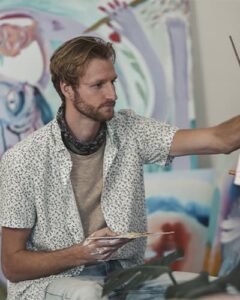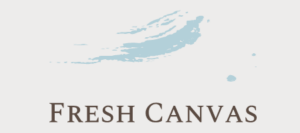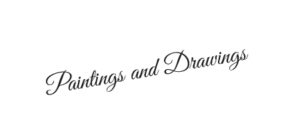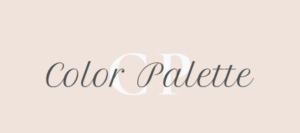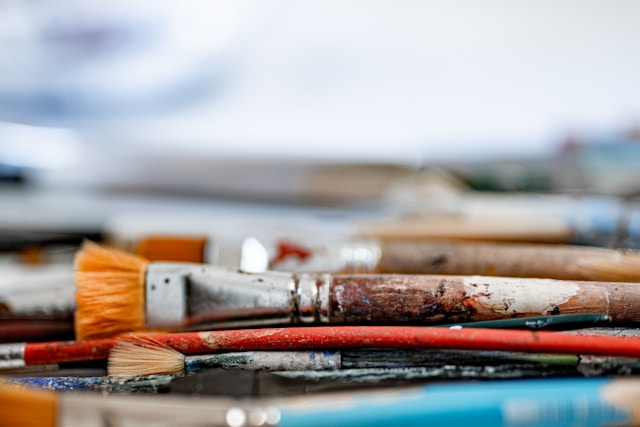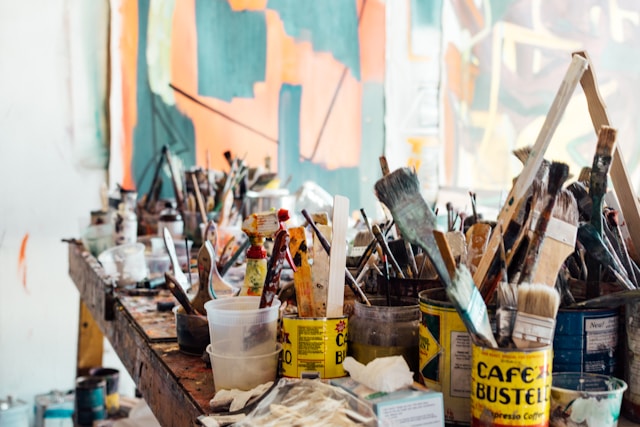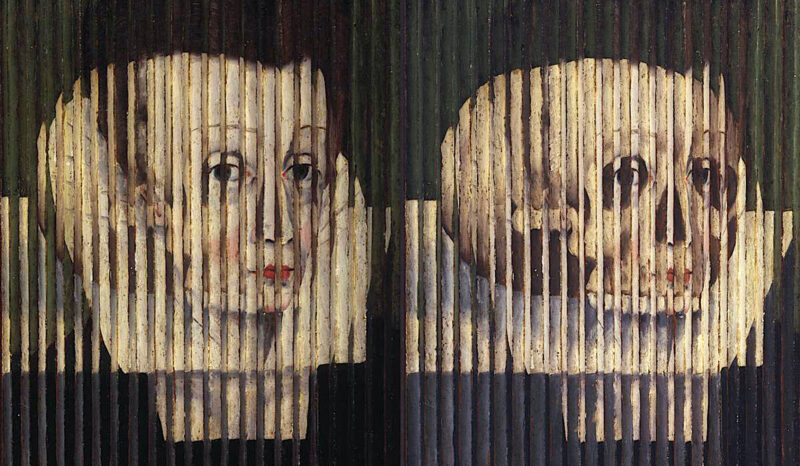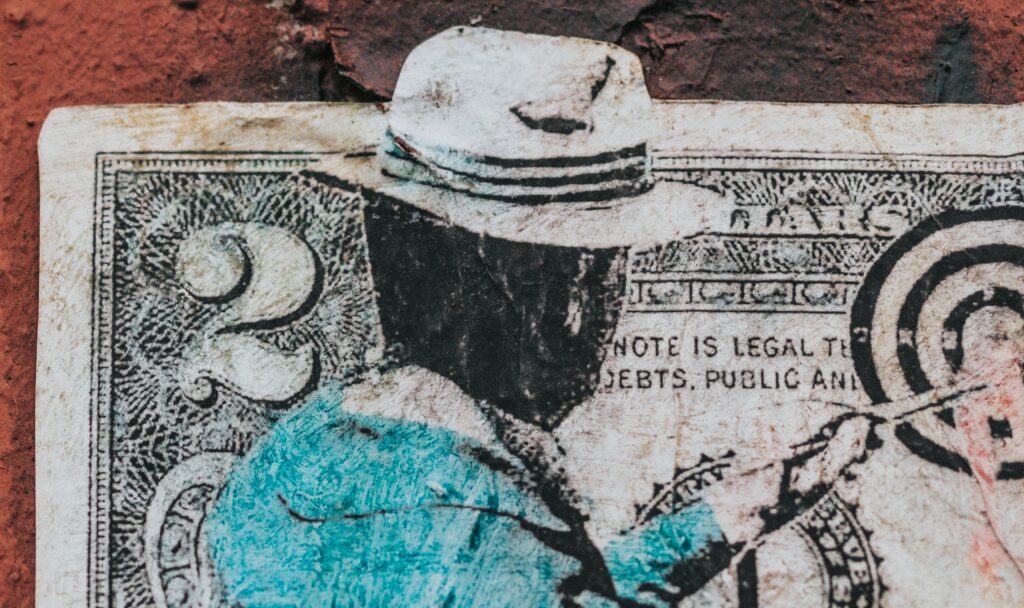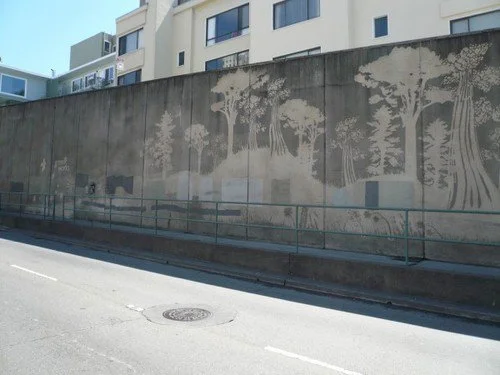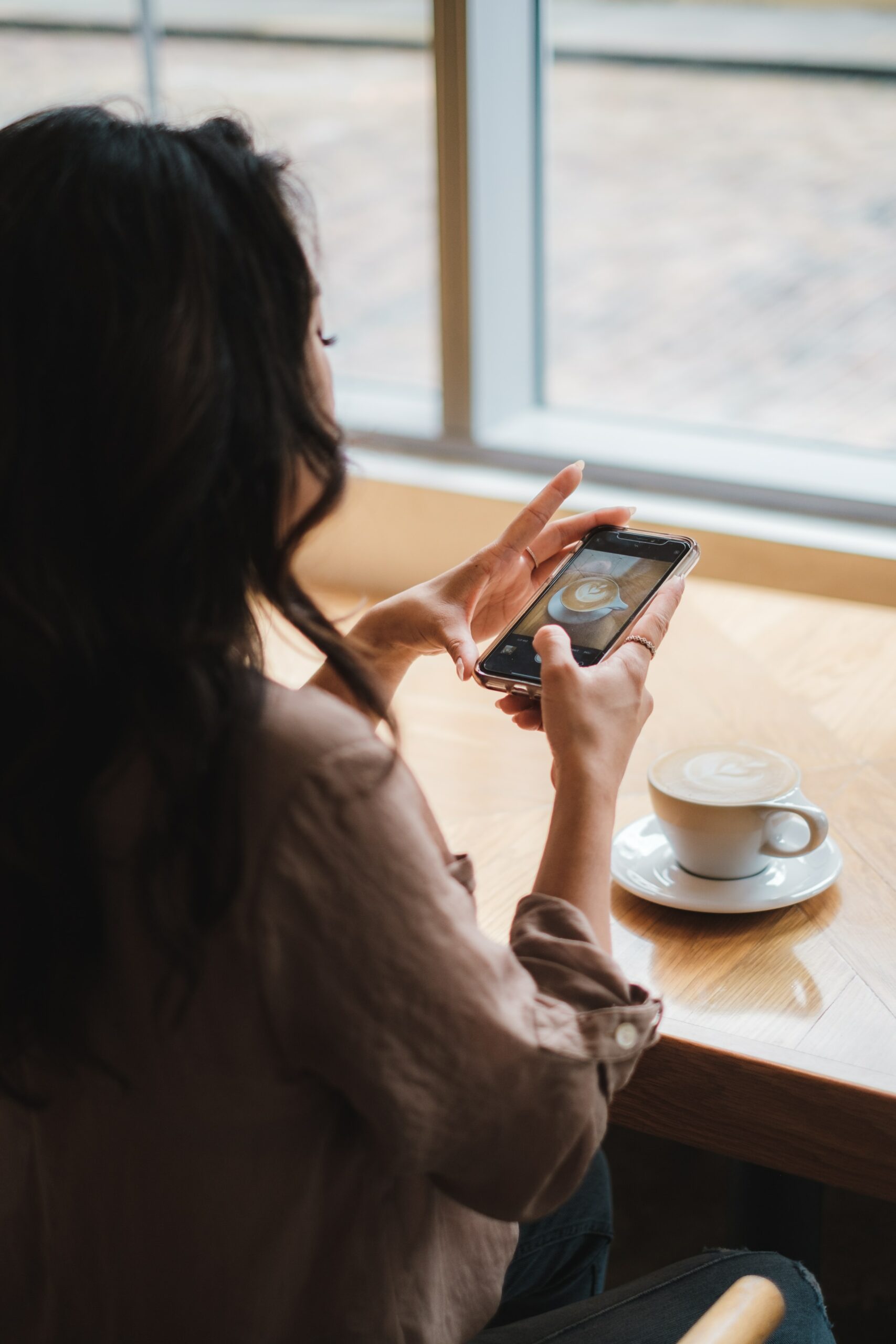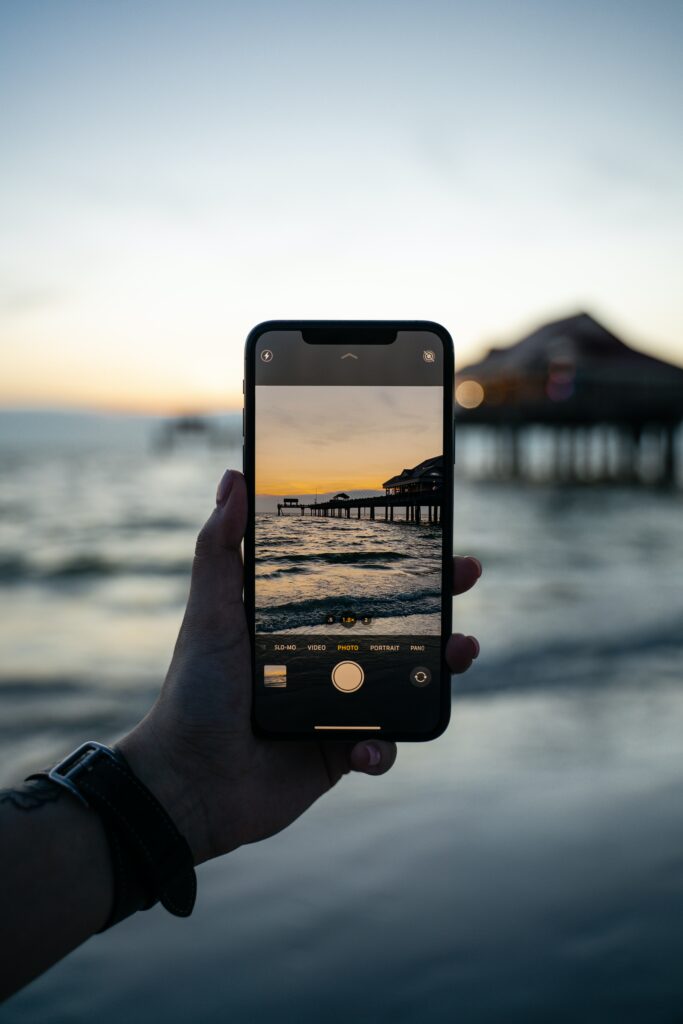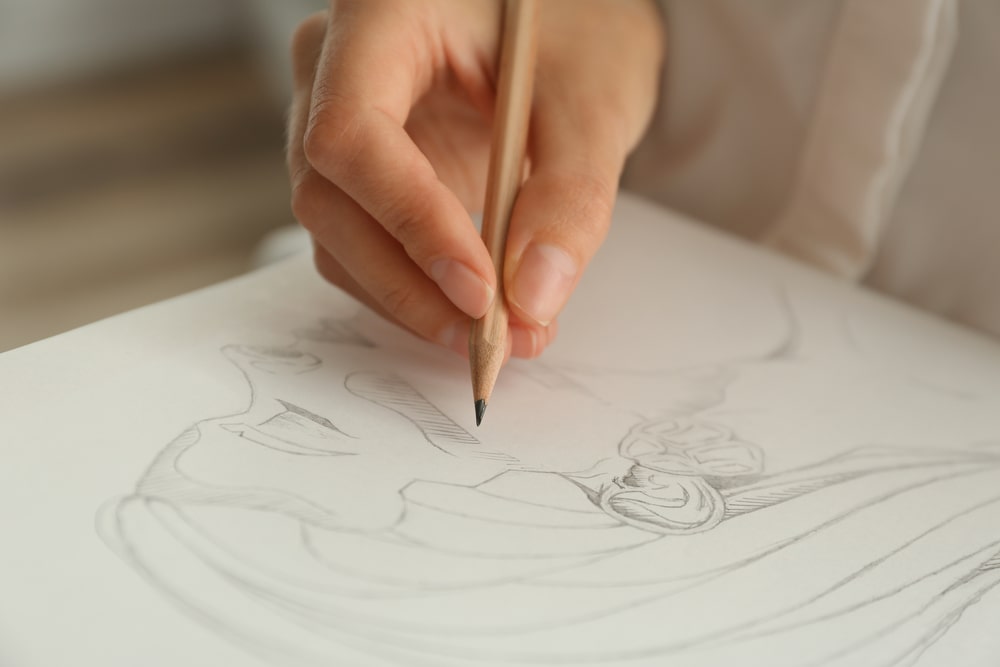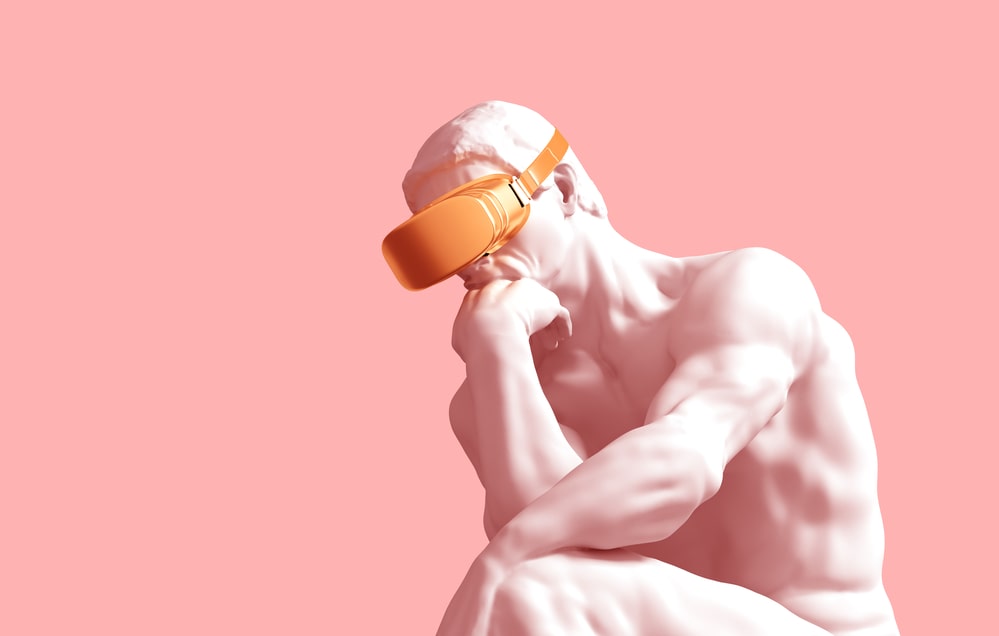The School of Fine Arts is a place where creativity and mastery come together. It offers aspiring artists the opportunity to refine their skills, explore innovative techniques, and develop their unique voices in the world of art. From painting and sculpture to digital media and performance art, this institution provides a platform for artistic growth and exploration.
The Importance of Fine Arts Education
Fine arts education plays a critical role in shaping an artist’s career. It provides a structured environment where students can learn, experiment, and receive constructive feedback. Institutions like the School of Fine Arts combine traditional approaches with modern methodologies, ensuring students gain a comprehensive understanding of their craft.
For some students, academic challenges may arise alongside creative pursuits. In such cases, the support of an akademische Ghostwriter can be a valuable resource, helping students manage research and writing tasks without compromising their focus on art.
Global Opportunities in Fine Arts
Art is a universal language, and the School of Fine Arts encourages students to think beyond borders. International collaborations and cultural exchanges enrich the learning experience, preparing students to navigate the global art scene with confidence.
In Switzerland, the thriving art community reflects the importance of quality education and professional support. Services like Ghostwriter Schweiz have become essential for students seeking help with academic projects, ensuring their work meets high standards while allowing them to concentrate on their creative ambitions.
Career Prospects in Fine Arts
Graduates from the School of Fine Arts often find themselves pursuing diverse and rewarding careers. Whether as independent artists, educators, curators, or designers, the possibilities are vast. A strong foundation in critical thinking, creativity, and technical skills makes fine arts graduates adaptable and valuable in a variety of industries.
Why the School of Fine Arts?
The School of Fine Arts distinguishes itself through its dedication to fostering innovation and inclusivity. Its vibrant environment encourages collaboration and experimentation, enabling students to realize their full potential. Whether through mentorship, academic guidance, or networking opportunities, the school supports students on every step of their journey.
Conclusion
The School of Fine Arts is more than just an academic institution; it is a gateway to personal and professional growth. By offering a nurturing environment and access to valuable resources, the school empowers students to excel in both their artistic and academic pursuits. With determination and the right support, graduates of the School of Fine Arts are well-equipped to leave their mark on the world.
